We describe in detail about the advantages and disadvantages of different types of floor tiles and the features of their use.
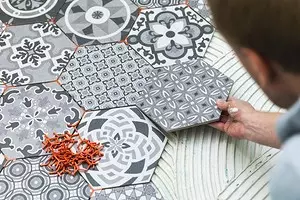
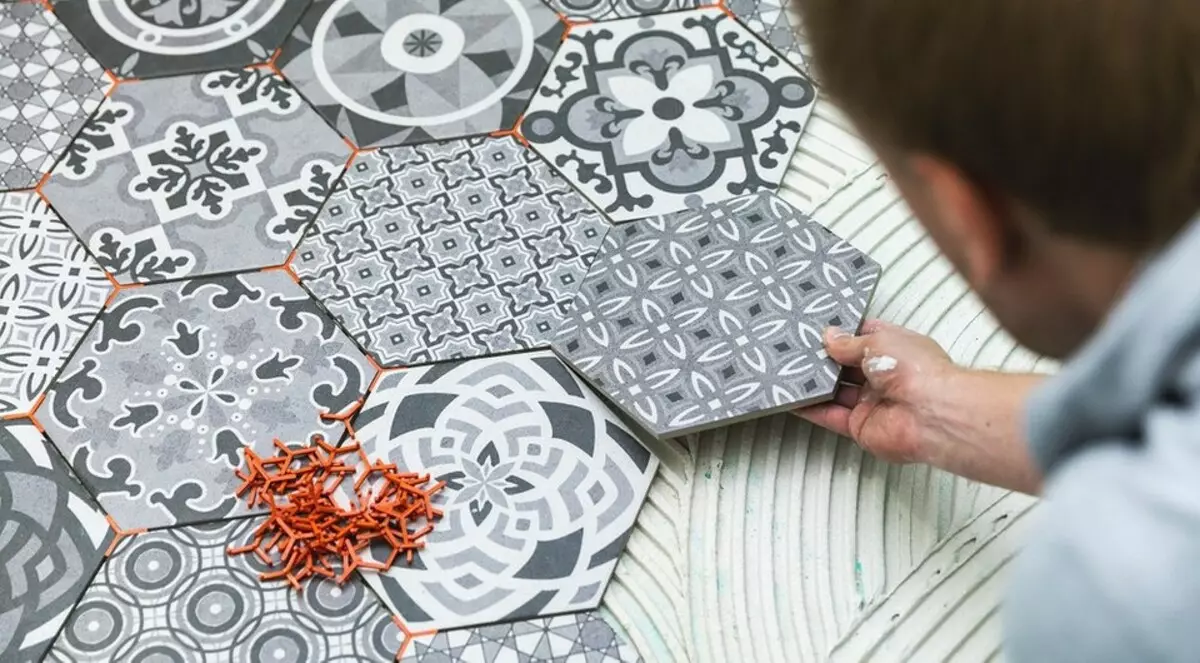
Tile flooring for the floor is very in demand. Despite the constant emergence of new finishing materials, the demand for it does not fall. Facing is convenient in laying, if necessary, it is easy to replace a spoiled fragment without dismantling the entire finish. Relatively recently varieties of decoration was little. Today they are much more. We will get acquainted with the types of floor tiles and their main characteristics.
All about the types of outdoor tiles
Varieties of finishes- Ceramics
- Ceramographic
- Vinyl and Quartzinyl
- A rock
- Cork
What to choose what is better
Tile varieties
Initially, the cladding was manufactured in the form of small flat square fragments. Modern models are produced in different forms, sizes and produce from different materials. We list the main types of floor tiles with all their pluses and minuses.
Ceramics
Raw materials for the tile, as elsewhere called this material, is clay. Various fillers add to it: sand, alabaster, pigments, etc. The workpieces burn into the furnace, and it can be a single or twofold firing, are covered with icing or are released without it. Depending on the nuances of the production technology, the tile is divided into several groups. However, they have similar properties. We will analyze the advantages of ceramics.pros
- High resistance to abrasion and wear.
- Refractory. Some varieties are manufactured specifically for furnaces or fireplaces.
- Moisture resistance. Water does not spoil the tile, even porous varieties, provided that they are not on the street.
- Resistance to temperature drops, which makes it possible to use ceramics as inner and external facing.
- Full environmental safety. There are no toxic components.
- Neutility in care. It is easily washed with soap solutions, an aggressive chemistry is used if necessary.
In addition, the tile is well combined with all types of warm floors. It is produced in a wide variety of colors, textures and sizes. The disadvantages include the following.
Minuses
- Cold coverage, it's not always pleasant to walk on it.
- Ceramics fragile. It easily splits from a careless blow in the process of laying or transporting.
- Wet tile slides. Therefore, for bathrooms or bathrooms, models with anti-slip coating are chosen.
- Installation requires certain skills. The ceramics are stacked with small interputric seams, which are applied to the grout.
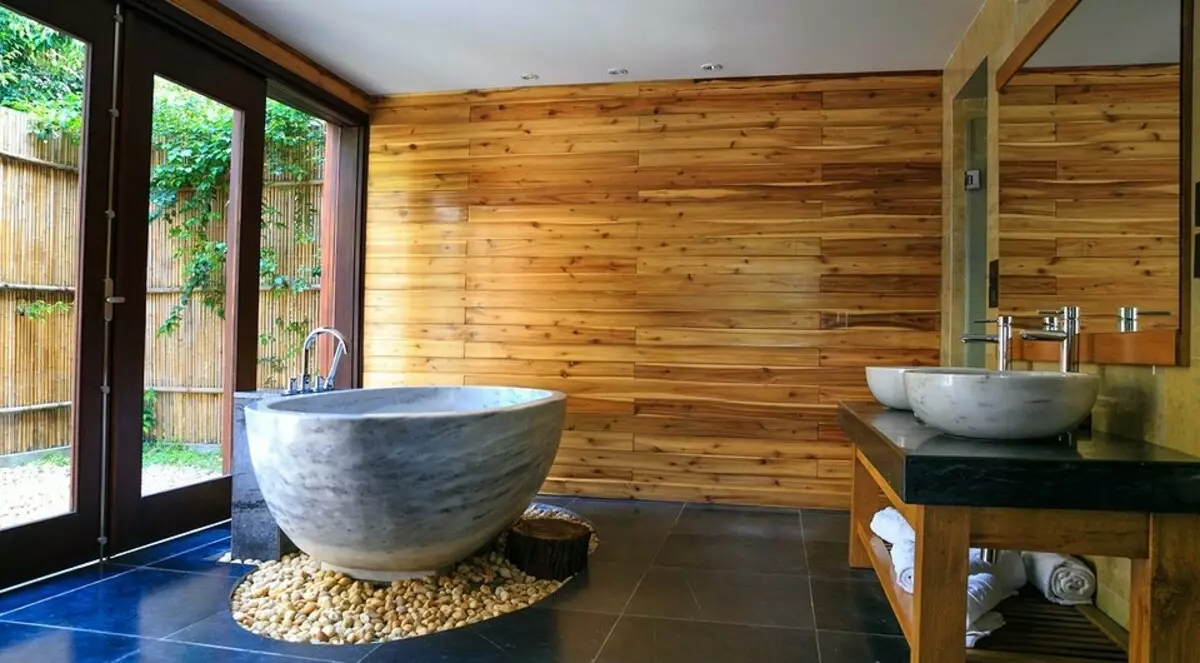
Ceramographic
It can be considered a variety of ceramic tiles, since its basis is clay. It adds fillers, after which the mixture is heated and pressed under high pressure. As a result, raw materials sinters in a solid homogeneous mass without shells and cracks. Depending on the features of manufacturing technology, the technical, glazed, matte, satin, polished, structured porcelain is distinguished. Operational characteristics of all varieties are similar. We list their general advantages.Dignity
- Increased strength, sustainability to all types of mechanical damage and aggressive chemistry.
- Wide operating temperature range. Easily carry sharp drops.
- Moisture resistance, refractory and wear resistance.
- Ecology. All porcelain components are completely safe.
- Easy to care. Does not attract dust, easily ished.
- Compatibility with any kind of warm floor.
- Large selection of colors, shapes and textures. Available qualitative imitation of natural coatings.
disadvantages
- Increased hardness, which creates difficulties in processing or cutting.
- With inaccurate handling during transportation or laying, fragments break.
- The finished floor is cold to the touch. When water gets, it greatly slides.

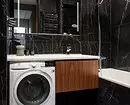
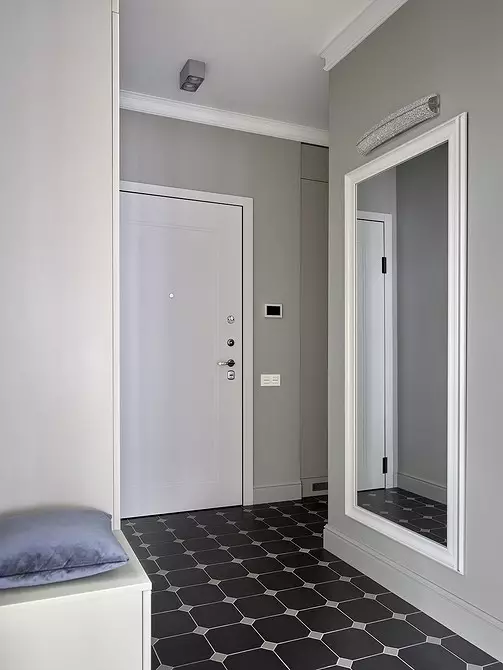
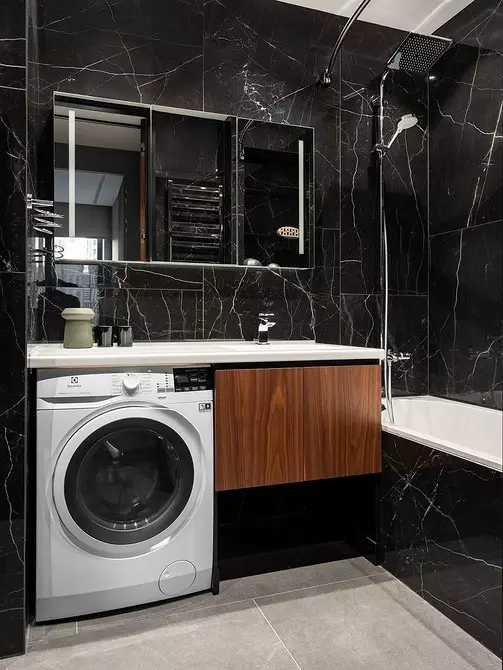
PVC tile
It is made of polyvinyl chloride with various additives. The hardest variety is made with the addition of quartz sand, for which the name of Quartzinyl was obtained. Two types of vinyl decoration are produced: with lock and for laying on glue. The castle lamellas are like laminate, glue - on the linoleum cut into fragments. Installation of the latter is made on special glue, there are self-adhesive models. On them adhesive mastic is applied on the reverse side and covered with a protective layer. Simply lay them easier.pros
- Durability. Subject to competent installation and operation serves at least 30 years.
- Good heat and noise insulating characteristics. It's nice warm to the touch.
- High moisture resistance. Vinyl does not miss and does not absorb water.
- Simple care. Does not accumulate static stress, it is easy to clean. The use of household chemicals is allowed.
- The range of colors, textures and sizes are very wide. Lamins can be combined not only in color, but also in form. So the effective unusual solutions are obtained.
Minuses
- Requires careful preparation of the foundation. Small defects or irregularities are unacceptable.
- With sudden temperature drops, the finish can be separated from the base.
- The finish is artificial, but there is no toxic substances in its composition.
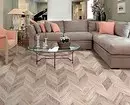

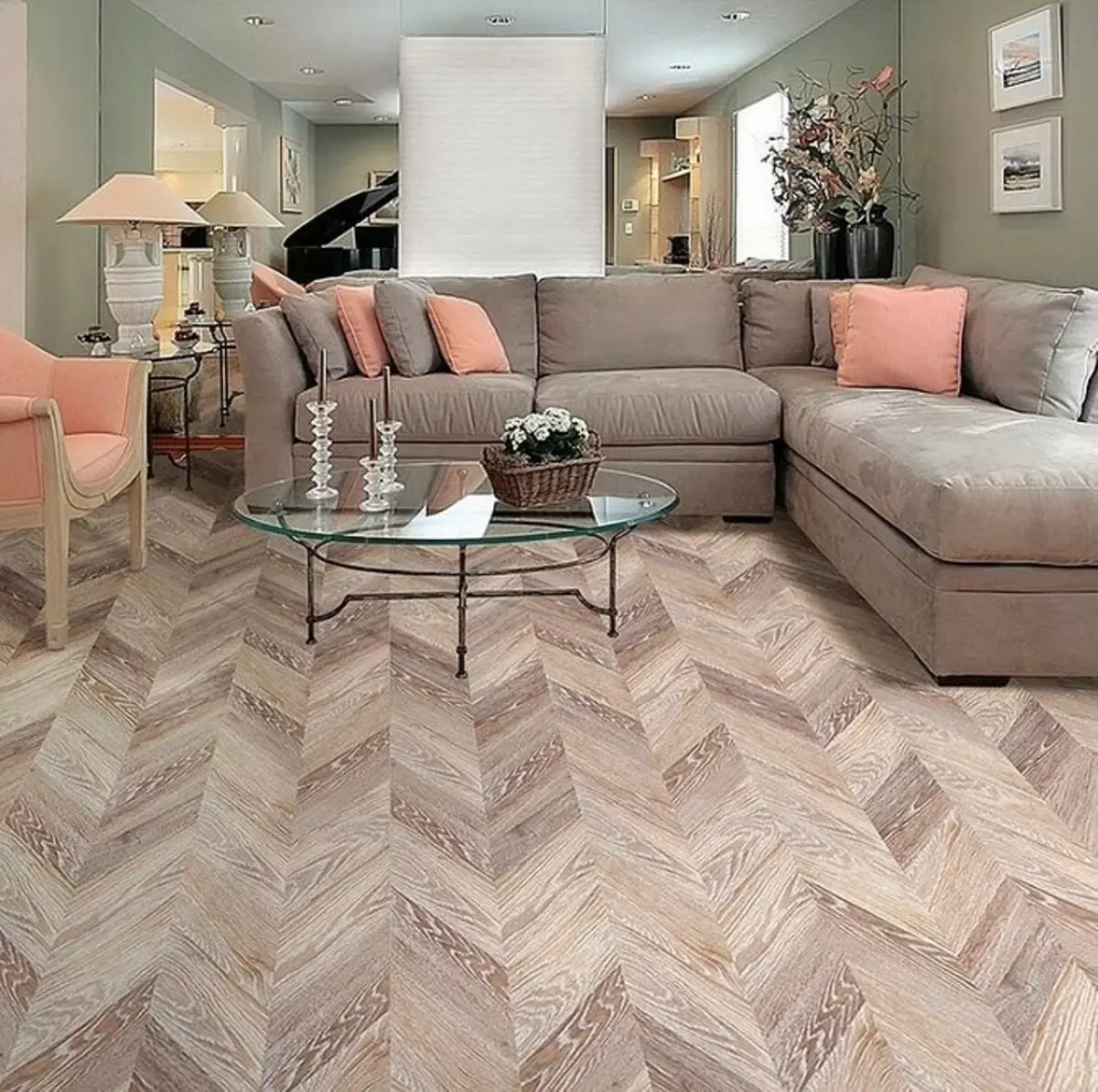
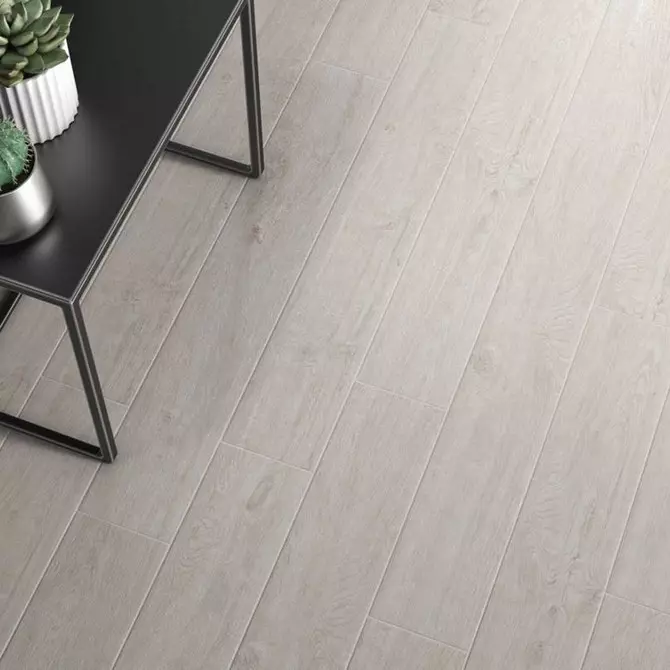
A rock
Facing is made of natural or artificial material. In the first case, robust breeds are used. This is usually marble, granite, onyx, travertine, slate. In the second - their artificial analogues. During the processing process, grinding, artificial formation, rugging, polishing. This determines the appearance of the finished coating. Depending on the rock, the operational properties differ somewhat. We list the general advantages.Dignity
- Strength and good wear resistance.
- Resistance to drops of temperature and high humidity.
- Durability, with proper care, the decoration serves decades.
- The attractive type of stone tile, if necessary, is restored by polishing and grinding.
- Hygienicity, maintaining a stone decor in cleanliness.
Stone tile road and very beautiful. She gives the interior nobility and luxury, for which it is especially appreciated.
disadvantages
- Large weight, which limits its use in buildings with fragile floors. Artificial analogues are easier, they can be stacked almost everywhere.
- To maintain an attractive look, you need to regularly process the coating.
- Aggressive chemistry and dyes can leave unscrewed spots on the surface.
- Artificial stone is undesirable to lay under the warm floor. When heated, emissions of toxic substances are possible.
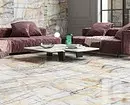
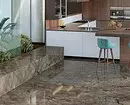
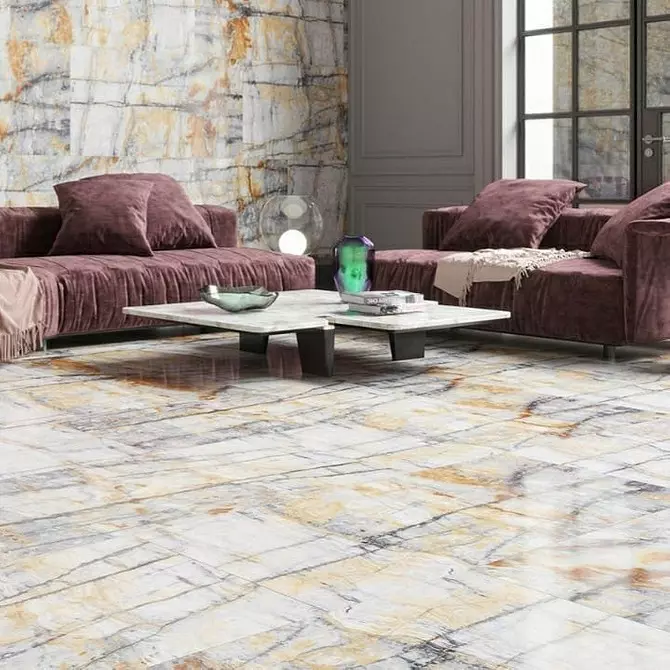
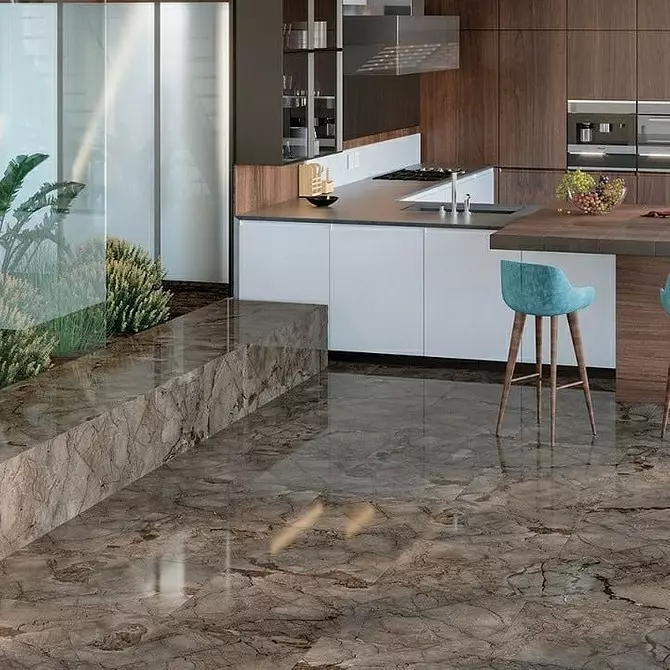
Bung
These are multilayer plates, the base for which is the moisture-resistant plywood. It passes the technical cork, which is covered with a protective layer. We produce two types of finishes: with locks like comb-groove and without them. The first option is laid by the type of floating floor, the second passes on the basis.Benefits
- Good insulating characteristics. Laminets hold warm and sound, no additional insulation materials are needed.
- Ecology. In the manufacture of facing, only natural raw materials are used.
- Air permeability. The basis under the decor "breathes", which prevents it from damage, the appearance of mold or fungus.
- Always warm non-slip surface with good depreciation. Walking through the stopper is very nice.
- Compatibility with heating floors.
disadvantages
- A small selection of colors, one-shot facing design.
- Heavy items leave dents on the coating.
- Insufficient resistance to ultraviolet and high humidity.
- Quickly wear out in areas with intensive movement.
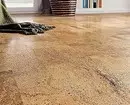
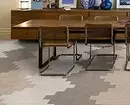
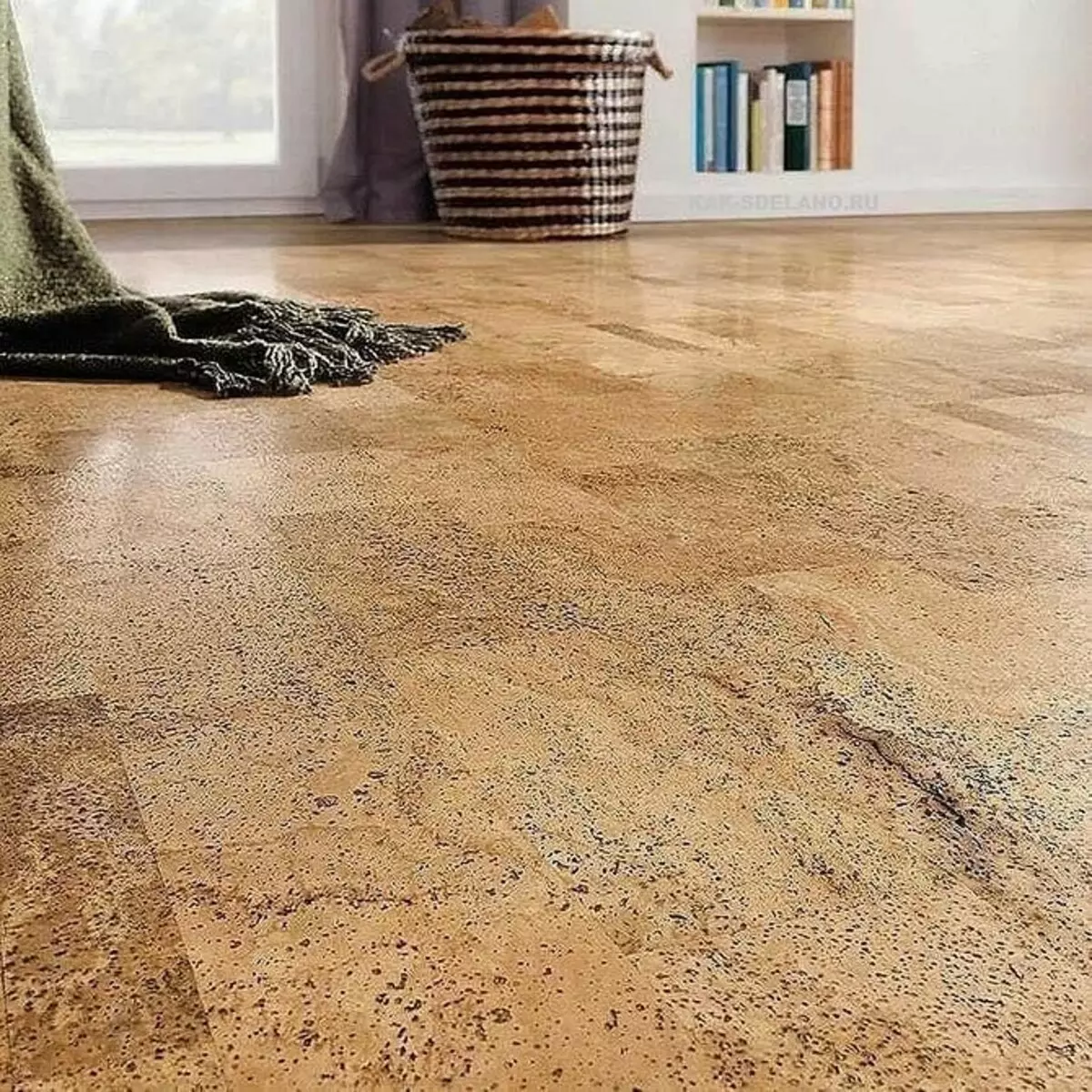
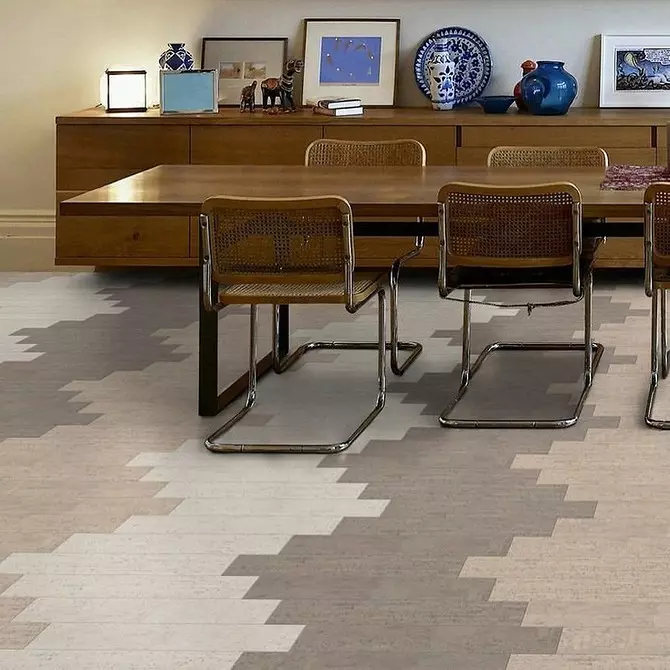
What tile to choose to the floor
The choice of finishing material is determined by its operational characteristics and conditions in which he has to be. Therefore, choosing, focusing only on the appearance of the facing, is unreasonable. For bathrooms and bathrooms need moisture resistant finish. It is best for them a porcelain stoneware and tile, but you can put a quartzinyl, vinyl or stone. Communicable anti-slip processing.
For kitchens, the same materials are suitable, but with some limitations. In addition to humidity, the likelihood of difficult to remove spots is still great here. Therefore, for example, marble is not suitable. It absorbs fat, remove his traces impossible. Artificial stones are also used with caution. They deteriorate under the influence of aggressive chemistry. For the hallway it is worth choosing a wear-resistant and easy-to-carry tile. Best porcelain stoneware, but ceramics, quartzinyl or vinyl are suitable.
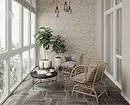
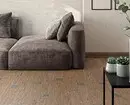
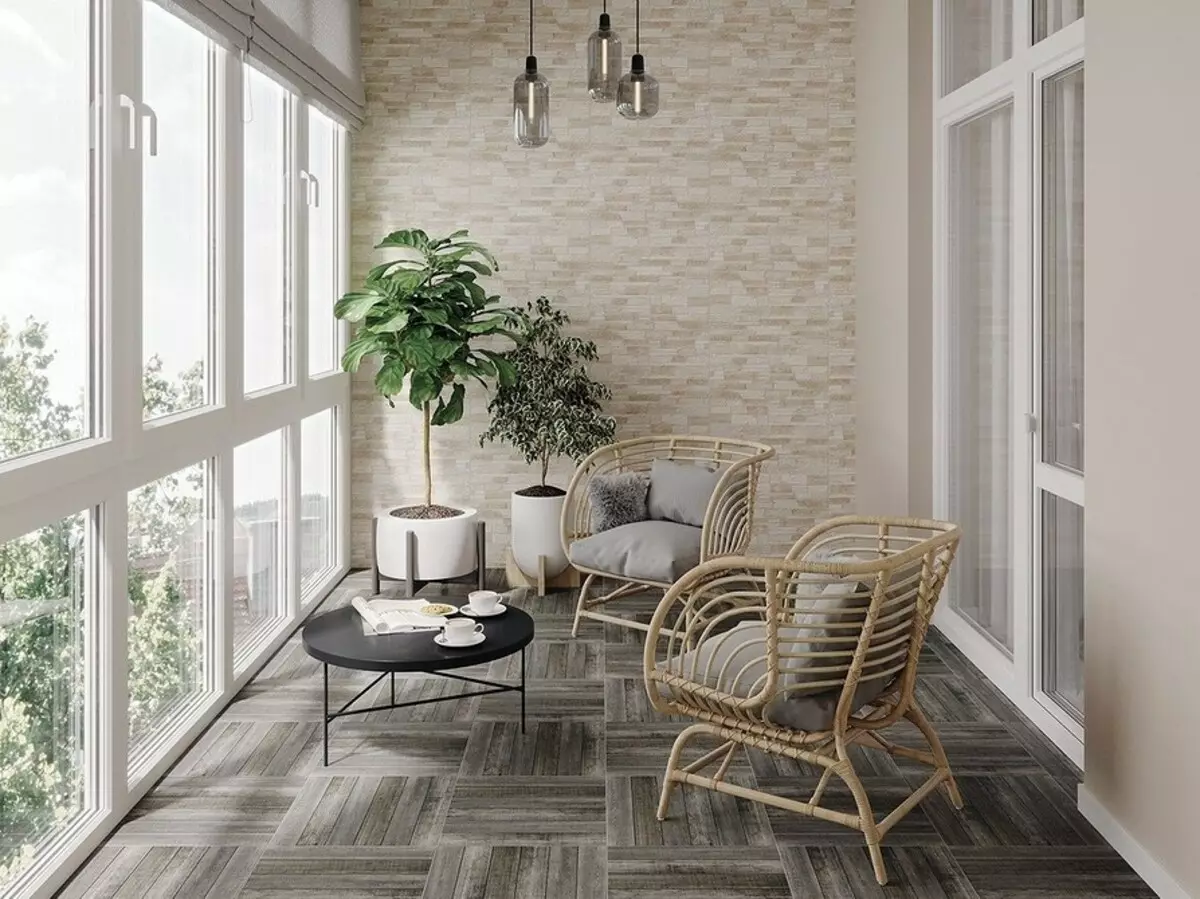
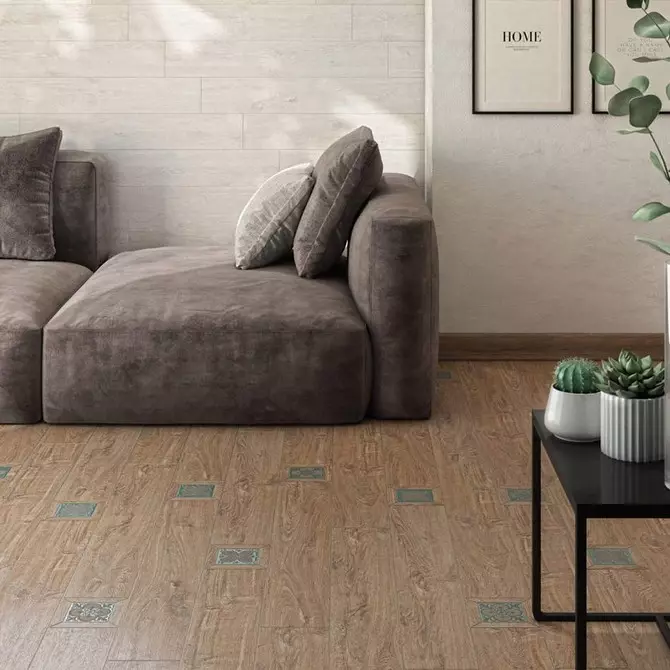
For sleeping and children's rooms, heat is important, no noise and environmental friendliness. Therefore, what a floor tile is better here, it is clear right away. This is a plug. But the other options except vinyl are not very good. For the living room there will be any facing, if only it corresponded to the overall design. For utility and economic premises, technical porcelain stonewares or ceramics are chosen.



